Ho Chi Minh City aims to join global top 100 liveable cities
Ho Chi Minh City aims to join the 100 most liveable cities worldwide by 2030, with a vision extending to 2045.
The city expects to be not only Vietnam’s economic powerhouse but also a place where residents enjoy development opportunities, comprehensive healthcare, education, a healthy environment, and safety.
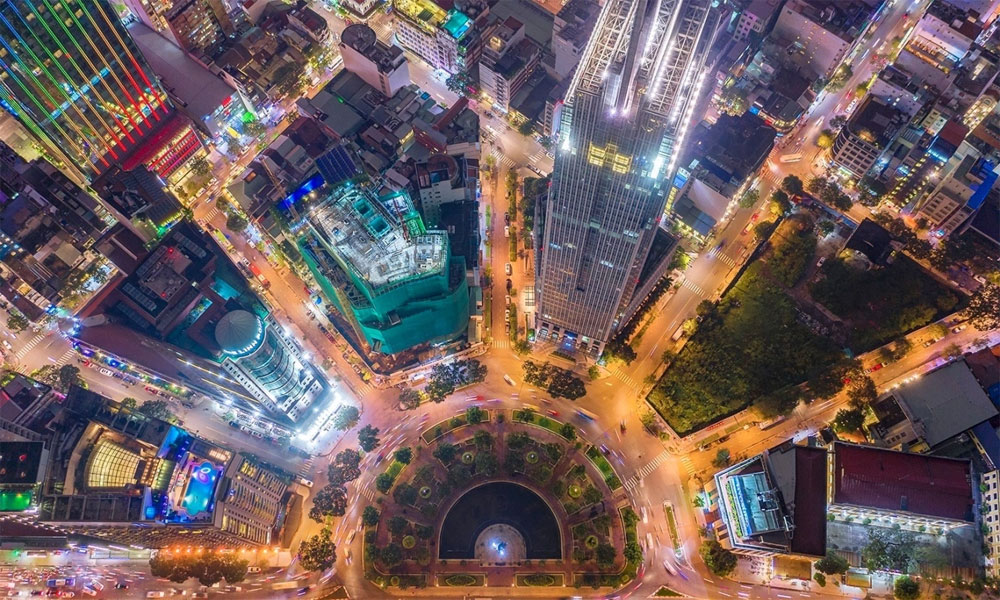 |
|
An aerial photo of the central area of HCMC from above in 2020. |
Chairman of the municipal People’s Committee Nguyen Van Duoc likened the city to a "living organism", with its 168 communes, wards, and special zones as "cells". For the organism to be robust, every cell must be strong.
To reach the Top 100, each ward and commune must be liveable with civilized urban areas, advanced science, technology and digital transformation, and strong economy, said Duoc.
Sai Gon ward, considered the "heart" of the megacity, aims to develop a smart and modern urban area with high living standards.
Targets include annual budget revenue growth of 3-5%, annual development rate of 11%, a 50% increase in per capita income by 2030, and multidimensional household poverty rate at below 0.5%.
The ward strives for urban civilized standards, with all 14 neighborhoods meeting cultural benchmarks and 98% of households recognized as "families of culture."
Similarly, Di An Ward, the city’s most populous, targets improved living standards and humane urban development. Goals include an average annual growth rate of 12.2%, per capita income increase of 5.47% by 2030, poverty below 1%, universal clean water access, 100% of roads paved and well-lit, and full achievement of scientific, technological, and innovation targets.
Meanwhile, Ba Ria ward focuses on building a civilized and friendly community prioritizing citizens’ well-being. It is determined to fulfill 38 key indicators including annual budget revenue exceeding 110% of targets, revenue growth of 11%, and per capita income reaching VND334 million (US$12,660) each year, up 76% from 2025.
After the administrative unit merger, HCMC’s population exceeds 14 million while its area stretches 6,772.59 square kilometers, making it the core of the Southern Key Economic Region.
Chairman Duoc said this expansion generates new momentum and opportunities for the city to develop at a higher level to enter the world’s Top 100 liveable cities.
In 2025–2030, amid new challenges and opportunities, the city aims to lead national progress, becoming a green, smart, and creative megacity exemplary in economic strength, culture, arts, sports, entertainment, and modern lifestyle.
The first congress of the municipal People’s Committee Party Organization, for 2025–2030, approved 19 development targets, including maintaining 10–11% annual GRDP growth, achieving per capita GRDP of $14,000–15,000 by 2030, and mobilizing total investment capital across society at 35–40% of GRDP over the five years.
The digital economy is expected to account for 30–40% of GRDP, and no households to live below the city's poverty line.
Duoc affirmed the city’s commitment to comprehensive human development, balancing economic growth with social progress and quality of life.
Investments will be strongly poured into health care, education, and the physical and intellectual development of future generations. Social welfare efforts will ensure no one is left behind, and priority be given to reducing disparities, especially in newly merged and disadvantaged areas.
To achieve the Top 100 goal, he called on agencies to shift from a "control" to a "service" model, measuring success by efficiency. Citizens and businesses are "customers" while administrations are suppliers of smooth and convenient public services.
The official emphasized a liveable city must guarantee easy access to administrative services. Besides, it must secure economic development, attract investors, create jobs, and promote effective production and business activities. The city will also leverage all local strengths to build a robust urban center.
However, the city leader stressed this is not enough. Residents want an environment free from pollution, noise, and waste; safe and hygienic food without counterfeit products; and convenient transport without congestion or flooding. These expectations are the values and criteria for becoming truly liveable, he underscored.
 Bắc Ninh
Bắc Ninh
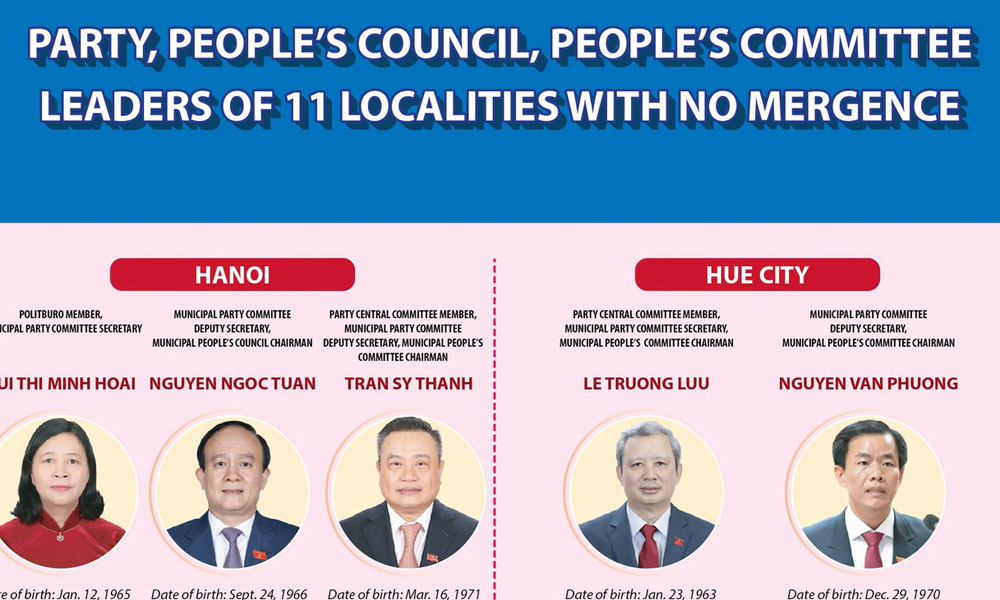
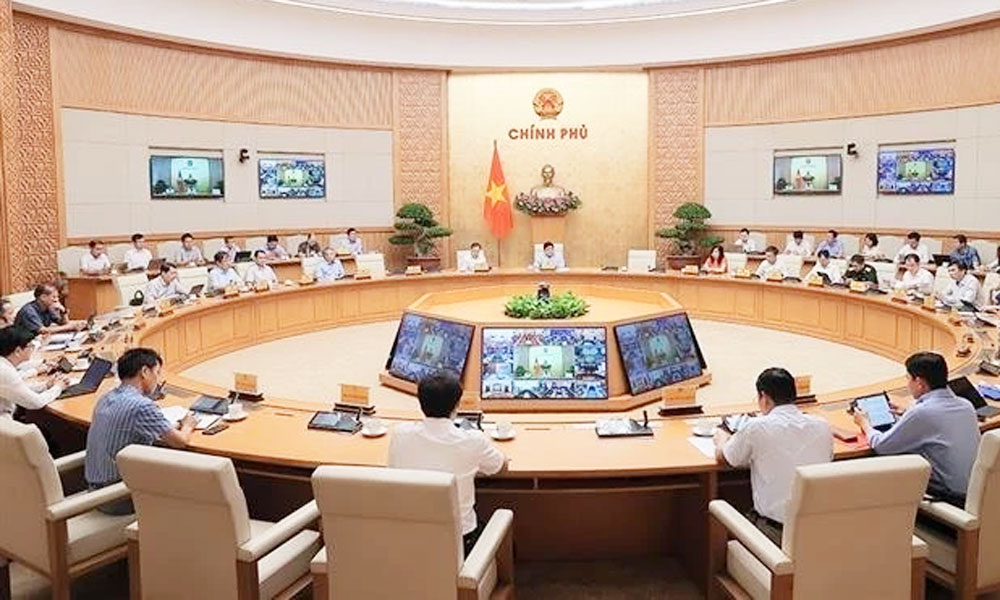
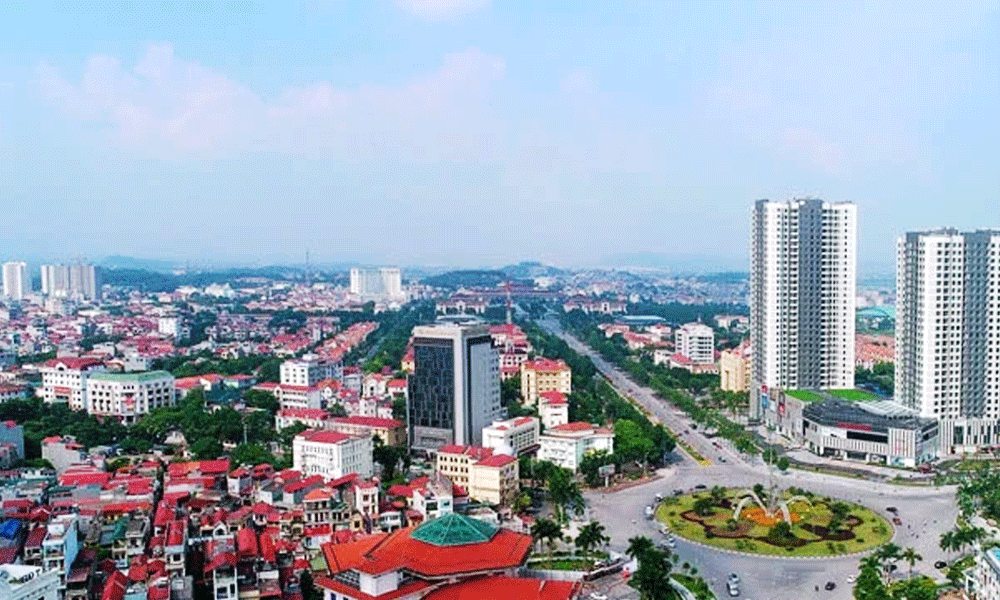
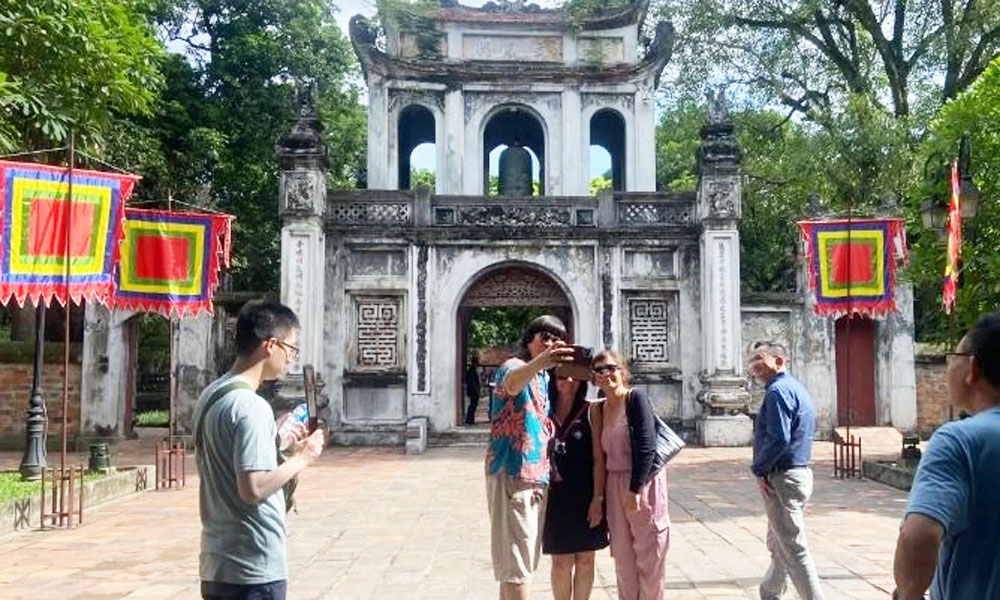


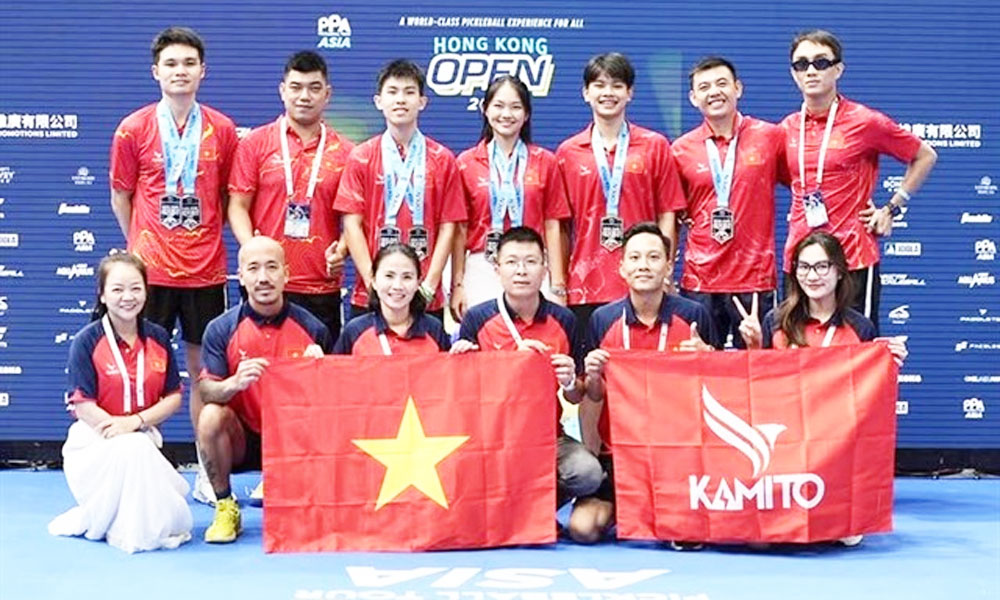






Reader's comments (0)